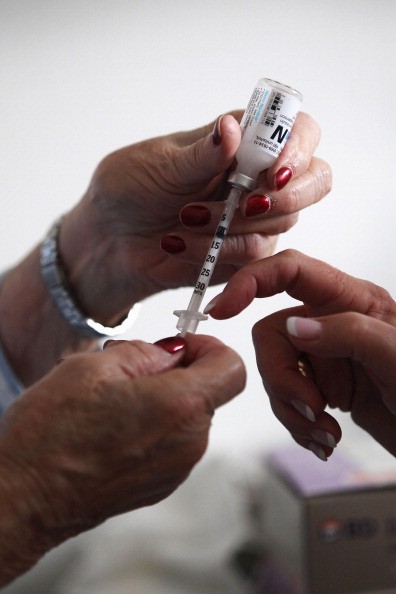
The number of new cases of diabetes is starting to decline, according to a report from the U.S. Centers for Disease Control and Prevention. The rate of new cases fell by about a fifth between 2008 and 2014, a decline that is the first ray of light since the number of diabetes cases started to explode 25 years ago.
The drop has been gradual and was not statistically significant for several years. But the CDC's latest report confirms that there really is a decline. There were 1.7 million new cases of diabetes in 2008 and 1.4 million new cases in 2014.
However, it is not known if the decline is because efforts to prevent diabetes have finally started to work or if the disease has peaked in the population. But there is growing evidence that the eating habits of Americans have started to improve. Americans are drinking about 25% less soda since the late 1990s and the average number of calories that children and adults eat has fallen. The incidence of diabetes, which can lead to type 2 diabetes, the most common form of the disease, has flattened. Type 1 diabetes, often diagnosed in childhood and adolescence and not usually associated with excess body weight, was also included in the data.
But the percentage of Americans who have diabetes is still more than twice what it was in the 1990s and progress against the disease is not evenly spread through the country. Diabetes incidence has declined among educated Americans, but the rates for the less educated have flattened but not declined. The number of new cases is dropping for whites, but while there has been a reduction in cases for blacks and Hispanics, the change has not been statistically significant.
Still, the number of new cases is going down, which is good news. Diabetes is the leading cause of blindness, limb amputations and kidney failure.
You can read the CDC's report here.



